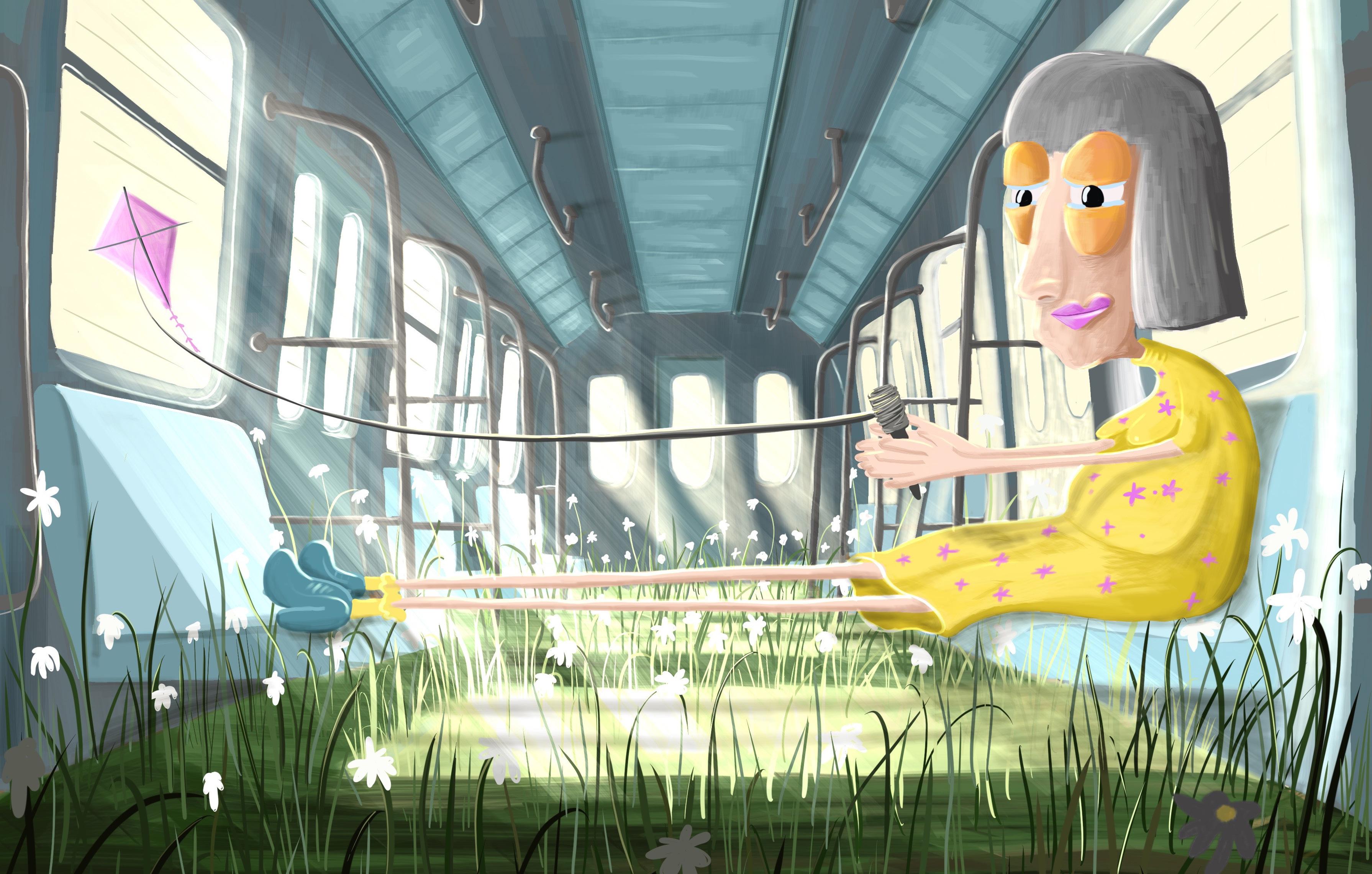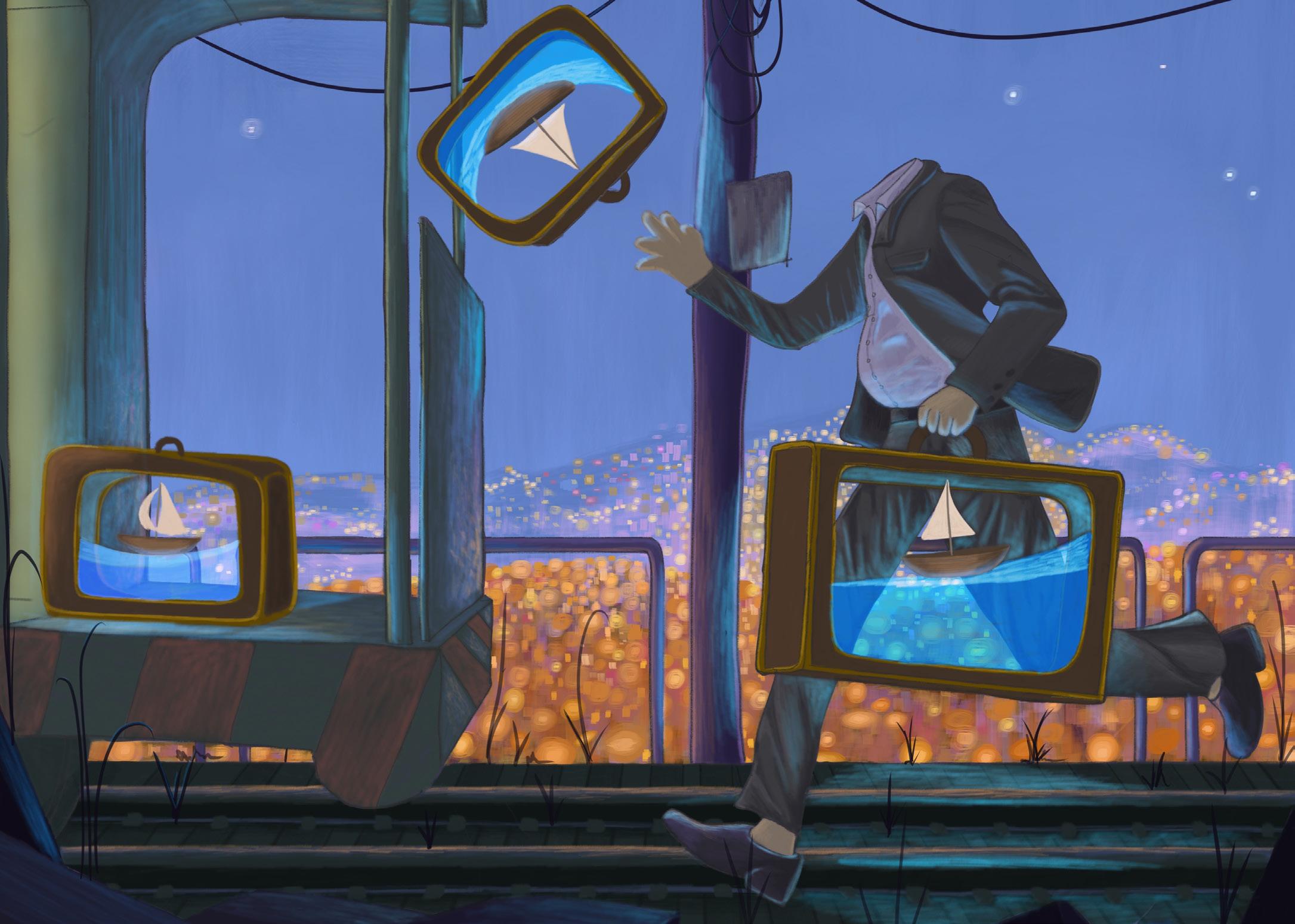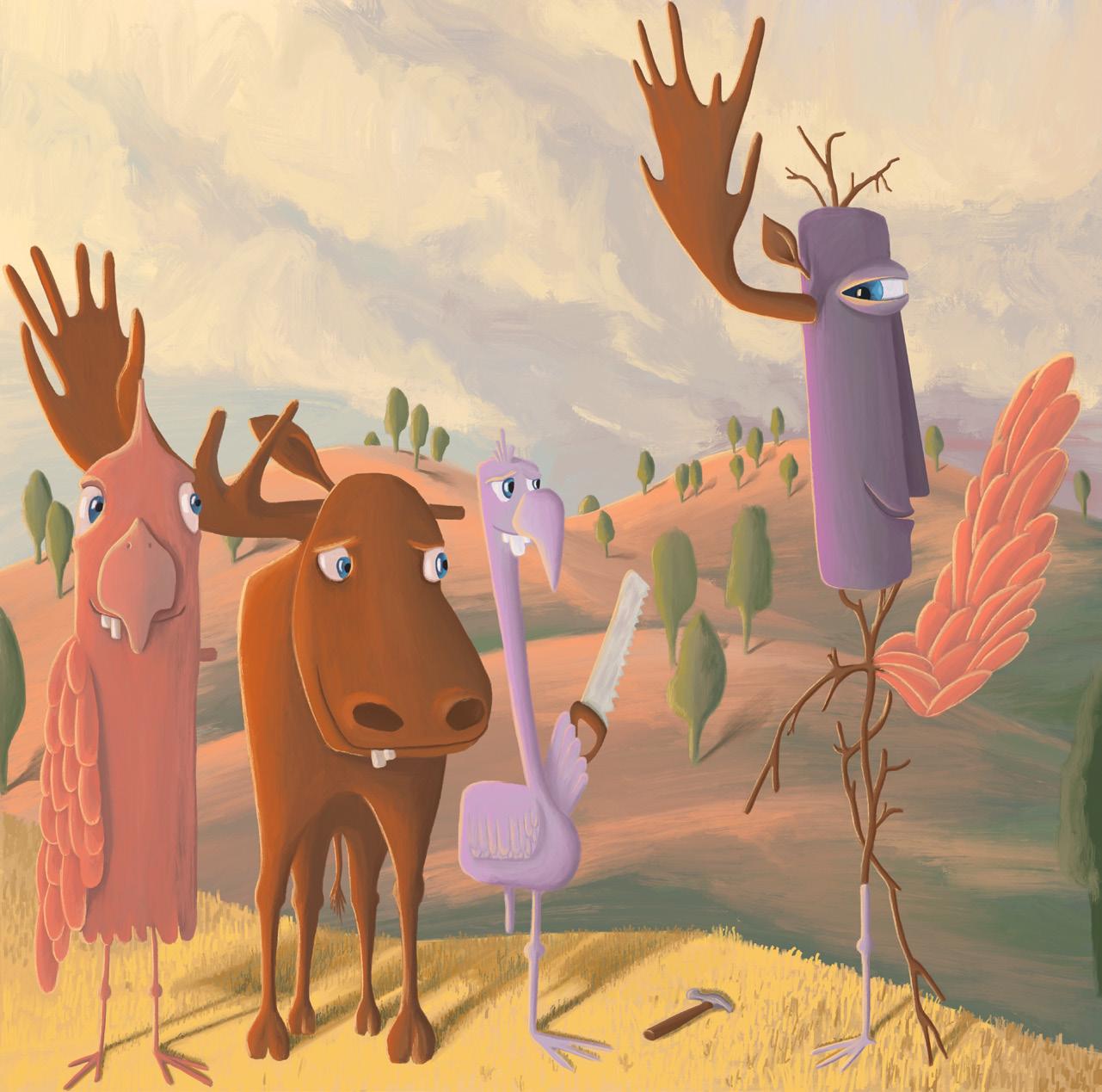
7 minute read
Will Colenso
Will is an Australian illustrator, painter and architectural designer based in Los Angeles.
When did you first think about art as something you wanted to do? Were you encouraged or discouraged by family, friends, teachers, mentors?
Advertisement
It’s really only been quite recently. I started studying aerospace engineering but I was terrible at it, so I switched and became an architect. I’ve been lucky enough to work for some really artistic architects, so I suppose I’m coming into art and painting through architectural drawing and design. To be honest I never really asked anyone what they thought, I just trust my instincts. I’ve found that if you work hard people are very willing to teach you what they know.


What kind of kid were you? Where did you grow up? What were your influences?
I grew up in Brisbane in Australia. It was a wonderful place to grow up. As a kid I was pretty happy to entertain myself and I really liked long walks. But as I got older I got bored really easily, so I’d have a new hobby every couple of weeks – it must have been exhausting for my parents but they let me run with it. It let me test new ideas fast and I think that’s something that has definitely stuck with me. I’d say this openness to new experiences and experimentation is something I’m extremely grateful for my parents encouraging, it sounds simple but I’ve actually found it’s quite rare!
How has the background you got at school played a part in your career?
My early education was pretty traditional, my high school felt like an old English boys school – long socks and blazers – that sort of thing. But things really changed for me during my masters in architecture when I got the opportunity to study under Peter Corrigan in Melbourne. He just blew the doors open! I learnt a lot about the value of a proper drawing and was encouraged to use wit and humor in my work. I also learnt how little sleep I could operate on.
You’ve worked in a couple different genres with your clients. How did that evolve and was that an asset for you or a problem getting those clients?
I’m pretty willing to give most things a go and really enjoy the challenge of visual storytelling. It just evolved out of submitting work to people and a willingness to experiment. Being easy to work with is also really important. Whether its science fiction, children’s art or a something more dark and surreal – I think being flexible is teaching me a huge amount and has definitely been an asset.
How do you stay up to date on styles/process outside of your projects? What do you recommend to younger artists who are just developing their portfolios?

Oh this is a tough one and I can only give tips based on my personal experience. I don’t know if I’m up to date or not? I don’t have any formal art training, so I lean heavily on my architecture skillset and learning from artists’ work I like. I really deep-dive into peoples’ work, try and work out how they express their ideas, watch their tutorial videos if they have them, read interviews with them. A lot of my learning comes from piecing ideas together in this way particularly from interviews. In my portfolio I only ever show the type of work I’d like to do – it seems to have been working so far so that’s something I’d recommend.
You do a few different types of art and design. What is your favorite area to work in?
I love illustration and drawing because it’s the most direct way I’ve found of telling stories. In architecture there’s so many constraints - the story often gets watered down because everything is so expensive. But drawings are really accessible and that’s what I love about them. It’s like having a conversation with someone, it can be really intimate. I really just love to tell stories of weird and wonderful worlds. I love thinking them up, painting them and then transporting people into them. Even if it’s just for a few minutes it can change how someone thinks – especially kids. I want them to ask questions and hopefully see that weird is great!
Your fantasy artwork is great. Love the “Piano Mill" and “Nannageddon” pieces. These are very moody pieces. Are you a moody guy? Where does your sense of the absurd come from?
Thank you!
I love to hear when people have enjoyed my work! Tough question! I wouldn’t say I’m a moody guy – but maybe ask my partner she might say otherwise?
Humor is really important for me, and so is complexity – I’m not interested in things that are oversimplified and I think kids know when something has been simplified for them so I try to avoid that. The absurd is exciting, it’s filled with humor and leaves a lot of room to for people to explore. I like to get people to pause and say is this actually absurd or is there some truth in it? Maybe it’s not so absurd?
What’s going on in your head when you work on a piece/campaign? Your fears, anticipation, confidence, etc. How do you know something is finished?
A lot of the time spent working on a drawing is just thinking. I try to stitch random pieces of information together in my head, images I find, interesting sentences from The New Yorker – usually when something makes me laugh I know something is worth drawing. Then I usually follow that with hours and hours of doubting whether it will be any good, lots of revisions and lots of self-critique until eventually I start to get excited about where the drawing is going. I usually know something is finished when the image tells more than one story by itself without any words.
Who if anyone influences your work?
I try to find inspiration in anything– writers, painters, everyday objects, drawings, set designers, architects and landscape designers – pretty much anything that catches my eye. Anyone doing weird work or making strange or curious things is ok in my book. To begin with it was Belgian comic book artist Francois Schuiten whose work "The Obscure Cities" really got me interested in drawing. JK Rowling’s work also had a huge impact on me when I was growing up – It’s probably where my love of parallel worlds that are just out of sight came from. I usually enjoy working with people who are adventurous and willing to try something new. Strong storytelling is important for me, so if someone is ambitious with the story they want to tell or how they’d like to tell it then that will usually get me really interested. I think flexibility is super important so I’m always up for a challenge.

What do you do to promote yourself and get work?
I’m just starting out so most of my outreach is submitting work to people. I look for people who are receiving submissions and send some samples of my work. I’ve also been sending work to some agents and publishers introducing myself and entering some competitions on the side. I keep a pretty active presence on social media, I’ve found it’s a great way for me to connect with artists whose work I love – I’ve found people to be welcoming and receptive if I have questions or ask for advice.
What’s the future hold for you? Any ultimate goal?
I’d like to make paintings and picture books that tell great stories. If I can make a book that adults and kids are both excited about then that would make me really happy.
If you could meet anyone in the field you’re in who would it be and why?
Oh this one is easy - Shaun Tan! His work is what got me interested in picture books and totally changed my perception of who they’re for. He somehow manages to mix happiness and sadness within this wonderfully open-ended and surreal way of telling stories. It leaves a lot of room for the reader because there’s no ego. So Shaun, if you’re reading this, I’d love to buy you lunch!








